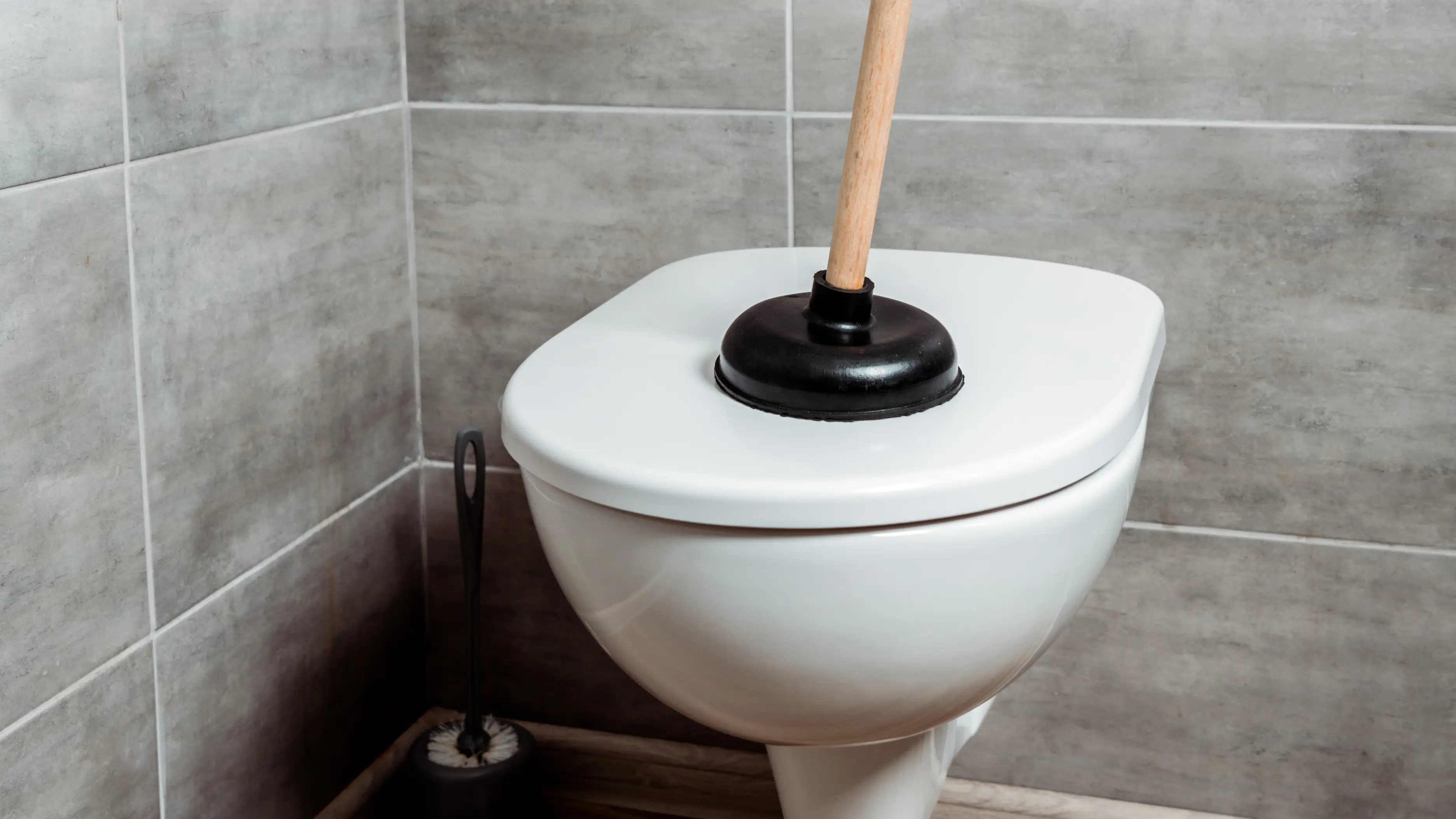How to Unclog a Toilet … on Brown Friday or Any Other Day
We’re all familiar with Black Friday, the unofficial launch of the holiday shopping season.
But did you know plumbers in the United States have a name for that day after Thanksgiving? They call it “Brown Friday,” as it’s typically their busiest day of the year. The perfect storm of prepping and consuming an enormous Thanksgiving meal combined with houses filled to the brim with guests, means sinks, garbage disposals and toilets are often clogged or (worse) overflowing.
Toilet clogs, of course, are the worst. Turkey Day can’t be solely to blame for this systematic problem because according to a consumer survey, 20% of respondents say they frequently deal with clogged toilets in their residence. Countless more are worried it will happen one day, and thus have a case of what the Urban Dictionary defines as "overflowbia."
While plumbers are ever ready to plunge into the fray and fix the mess you’ve made, it’s usually cheaper to do this job done yourself. Just make sure you have the tools for the job on hand before things get too busy in the bathroom.

The traditional, red rubber cup plunger with an 18-inch wooden handle has been the go-to unclogging device for decades. If it has a flange at the bottom, it’s perfect for a toilet (one without a flange may work but is better suited for a sink). You can get one at any hardware store.
But advancements in plunger design have added options for smart shoppers to consider – such as this beehive-shaped design with an adjustable handle. You can even try a high-pressure compressed air plunger gun to blast away nasty clogs.
Regardless of the tool you use, there are some basic steps to follow to properly – and successfully – take the plunge:
- Step 1 – Use a pair of rubber gloves. Better to be safe than sorry.
- Step 2 – Check that there’s water in the bowl. If not, pour in a cup or two of water from the sink; it will ensure you get a tight seal with your plunger.
- Step 3 – Place the plunger’s cup completely over the drain opening.
- Step 4 – Slowly, but vigorously, thrust the handle up and down a few times. (Or, if using the plunger gun, ready … aim … fire!)
- Step 5 – Flush.
- Step 6 – Repeat, if the toilet remains clogged.
While a plunger usually works, what if you don’t have one at hand? Or the plunging regimen doesn’t work? Before calling the plumber, you can try a couple of other methods for unclogging a toilet:
- Toilet auger. If you own one of these (also known as a toilet snake), you’re probably already a plumber -- or are friends with one. Nevertheless, it’s a great option for stubborn clogs. Insert the sharp end of the metal tube into the toilet drain and turn the crank handle. The tube should “snake” its way into the pipe and burrow its way through the clog. (Turn the handle in the opposite direction to spool the tube back up into the device).
- Hot water. Assuming there is no water, or very little, in the bowl, pour in about a gallon bucketful of hot water (not boiling water, however, as it could crack the porcelain). In a few minutes, the hot water may loosen the clogged material, the water level will dissipate, and you’ll be able to fearlessly flush again.
- Baking soda mixed with vinegar. This is similar to the “hot water” method. Make sure the bowl is about halfway filled with water. Pour in one cup of baking soda, and then slowly add in a similar amount of vinegar. Then, let chemistry do its thing; you’ll see a fizzy reaction that, in a minute or two, should make the water level dissipate.

The best way to deal with a clogged toilet is for it to never happen. While some clogs are unpreventable, you can take steps to lessen the chances of a serious clog.
Typically, that means to keep certain things out of the toilet. Never flush anything that has no business being in the toilet, including the following:
- Tampons
- Condoms
- Toys (a key reason why young children need in-bathroom supervision when using the facilities)
- Paper towels
- Facial tissue
- Disposable diapers
- Baby or other non-flushable wipes.
Another clog-prevention method is to be selective in your choice of toilet paper and the amount you use. Too much wadded-up toilet paper can easily lead to clogs, especially if the paper is ultrathick.
The best toilet paper to help prevent blogs is biodegradable toilet paper, which is engineered to dissolve more quickly than other types. All Scott® Toilet Paper products have 100% biodegradable fibers and clog-free technology to help them dissolve quickly and help prevent clogs. They are also sustainably sourced and free of perfumes and dyes. Perfect for any bathroom setting, Scott® Brand toilet paper is particularly effective in systems tied to septic tanks or clog-prone plumbing.
Also, to keep your pipes open and clear, it doesn’t hurt – every month or so – to pour a bottle of a liquid, anti-clogging product that is specifically designed for toilet use. Here is one reviewer’s guide to toilet unclogger liquids.
What is your best method for unclogging a toilet? Please share your toilet triumphs and tips, via social media channels. Remember to use the tag #KeepLifeRolling.







